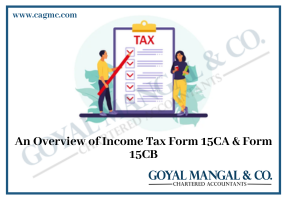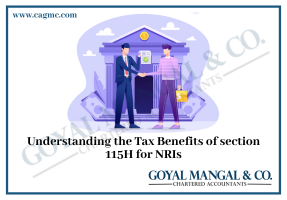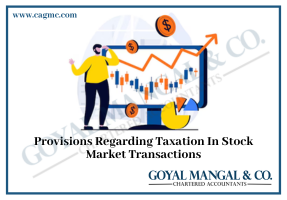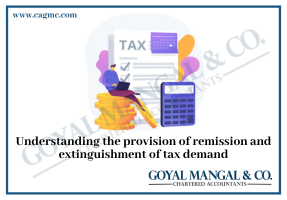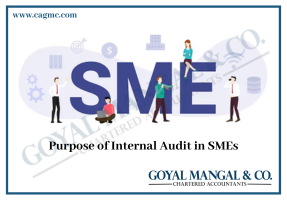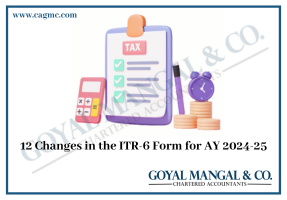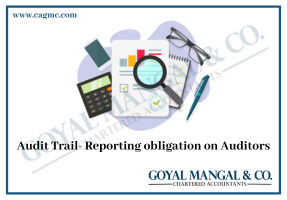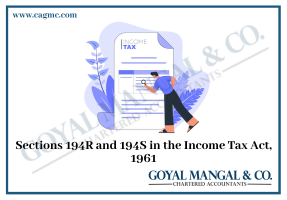| Content
Comparison of new and old tax slab rates Pros and cons of New tax Regime Who are eligible under new Tax regime? |
The Finance Act, 2020 inserted a new section 115BAC in Income tax Act, 1961 with effect from the assessment year 2021-2022, provides an option to individual or a Hindu undivided family having income other than income from business or profession option in respect of a previous year to be taxed under the said section 115BAC. Section 115BAC of Income Tax Act deals with the new income tax regime introduce in Union Budget 2020. The concessional rate provided under this section with a condition that the total income shall be computed without any specified exemption or deduction, set off of loss and additional depreciation.
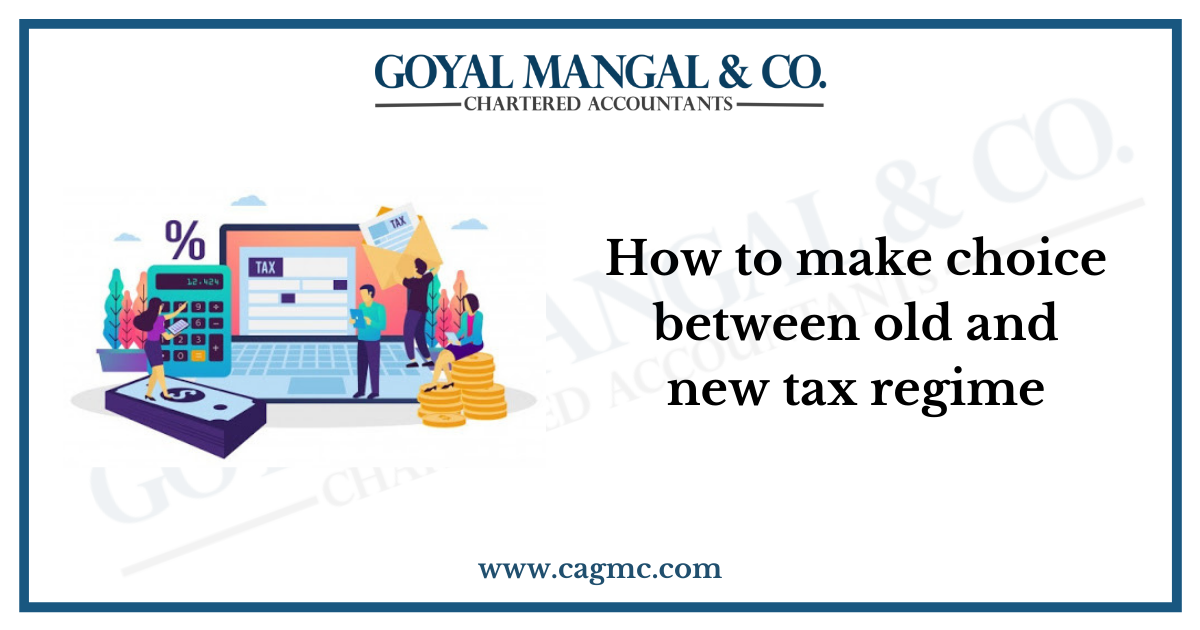
Under the new tax regime, the income tax slabs has increased from 4 to 7 with new rates. The individual assessee will have an option to choose either old rate or new rate.
Comparison of new and old tax slab rates
| Income | Old rate | New rate |
| Up to Rs 250000 | 0 | 0 |
| Rs 250001 to Rs 500000 | 5% | 5% |
| Rs 500001 to Rs 750000 | 20% | 10% |
| Rs 750001 to Rs 1000000 | 20% | 15% |
| Rs 1000001 to Rs 1250000 | 30% | 20% |
| Rs 1250001 to Rs 1500000 | 30% | 25% |
| Rs 1500000 | 30% | 30% |
| Above Rs. 1500000 | 30% | 30% |
Pros and cons of New tax Regime
The Pros of the new tax regime are:
- The main advantage of new tax regime is that reduced taxes and compliances as new tax regime provides concessional tax but on the condition that most of the exemptions and deductions are not available and because of new tax regime tax filing become simpler.
- Under new tax regime, investors may not prefer lock- in funds in the prescribed instruments for the specified period. Under new tax regime, benefit of exemptions and allowances are not provided so taxpayers can invest in open ended mutual funds, instruments, deposits which provides them good returns as well as flexibility of withdrawal as well. The new tax regime may be helpful to those taxpayers who may not invest in lock- in period investments i.e. Before fixed period, it cannot be withdrawn. The lock- in period investments include fixed deposits with banks and post offices that have a lock- in period of five years, equity- linked saving schemes (ELSS) is for a period of three years, National Saving Certificates (NSC) for five years, etc.
- Due to reduced tax rate, liquidity is increased in the hands of taxpayers as reduced tax rates provide more disposable income to a taxpayer who could not invest in specified instruments due to certain personal and other reasons.
The cons of the new tax regime are:
The main disadvantage of new tax regime is that non- availability of certain exemptions and deductions. The list of reduced exemptions and allowances are as follows:
- Clauses referred in section 10 are as follows:
- Clause (5)- leave travel concession
- Clause (13A)- house rent allowance
- Clause (14)- special allowance detailed in 2BB (such as children, transport allowance, uniform allowance, etc.)
- Clause (17)- allowances to MPs/ MLAs
- Clause (32)- allowances for clubbing of income of minor.
- Exemption foe SEZ unit under section 10AA
- Standard deduction, deduction for entertainment allowance and employment/ professional tax contained in section 16.
- Interest under section 24 in respect of self-occupied or vacant property (loss under the head income from house property for rented house shall not be allowed to set off under any head and would be allowed to be carried forward as per extant law)
- Additional depreciation under section 32(1) (iia).
- Deductions under section 32AD, 33AB and 33ABA.
- Various deductions for donation or expenditure on scientific research.
- Deduction under section 35AD or 35CCC.
- Deduction from family pension under clause (iia) of section 57.
- Any deduction under chapter VI-A like 80C, 80CCC, 80CCD, 80D, 80DD, 80DDB, 80E, 80EE, 80EEA, 80EEB, 80G,80GGA, 80GGC, etc. However, deduction under sub- section (2) of section 80CCD and section 80JJAA can be claimed.
Who are eligible under new Tax regime?
New tax regime introduced will be applicable from AY 2021-22, individuals and HUFs (not earning income from business and profession) will have the option to pay income tax as per the new income tax slab rates introduced provided their total income for the relevant FY satisfies the following conditions specified under section 115BAC of Income Tax Act, 1961.
- The declared income should not include any business income.
- The income should be calculated without claiming any exemptions or deductions provided under the following section:
- Chapter VI-A except those u/s 80CCD/ 80JJAA,
- Standard deduction
- Home Loan Interest u/s 24(b)
- Exemption for SEZ unit u/s 10AA
- Deduction under Section 32(1)/ 32AD/ 33AB/ 33ABA,
- Section 35/ 35AD/ 35CCC,
- Deduction from Family Pension u/s 57(iia).
- Income should be calculated without setting off any losses from any earlier assessment year (AY).
- Income should calculate without claiming any depreciation under clause (iia) of Section 32 i.e. Additional depreciation.
- No exemption or deduction will be claim with respect to any allowances or perquisites received by the individual (like House rent allowance (HRA) u/s 10(13A), Leave Travel Allowance u/s 10(5))
Deductions allowed under New tax regime
Individual who wants to opt for New tax slab rate under 115BAC section can take following deduction as specified:
- Deduction u/s 80CCD (2) (employer’s contribution to your pension account)
- Deduction u/s 80JJAA (additional employee cost)
- Transport Allowance for Differently Abled Employees (Divyang)
- Conveyance Allowance for Performance of Office Duties
- Any Allowance for the Cost of Travel/ Tour/ Transfer
- Daily Allowance given to Employees under Certain Conditions
Making choice between the two
- Firstly, taxpayer should make a comparison between the new tax regime and old tax regime.
- If taxpayers wants to opt new tax regime then he will be provided a concessional rate as compared to previous year tax structure.
- If taxpayer is looking for flexibility in investment choices then he must consider new tax regime.
- If taxpayer have more deductions and exemptions to claim then he should choose old tax regime.
